Topple the monuments and burn the books The pharaoh Akhenaten, the great tenth ruler of the Eighteenth Dynasty in ancient Egypt, advanced a form of monotheism and promoted a huge revival in the arts and, on his death, his statues were smashed and his triumphs defaced by his successors. The early Christians toppled the statues of Greek and Roman gods, and of the tyrants who enslaved them and made their fortunes from their labour. Most of the Romans whom we see in art were slave owners. In the process, the Christians destroyed the masterpieces of classical antiquity whose maimed fragments make up today's blockbuster exhibitions. The Renaissance historian Giorgio Vasari in 1550 lamented that the early Christians, "ruined or demolished all the marvellous statues, besides the other sculptures, the pictures, mosaics and ornaments representing the false pagan gods; and as well as this it destroyed countless memorials and inscriptions left in honour of illustrious persons who had been commemorated by the genius of the ancient world in statues and other public monuments ... their tremendous zeal was responsible for inflicting severe damage on the practice of the arts, which then fell into total confusion." A grandiose equestrian monument to the tyrant Sforza was completed in clay in 1493 (with the horse over seven metres long), but a few years later it was used for target practice by the French troops occupying Milan and thus the world lost the most significant sculpture by the hand of Leonardo da Vinci. Most of the treasure house of French medieval sculpture and the original stained glass windows at the Basilique Cathédral de Saint-Denis, the Royal Abbey, was destroyed following the French Revolution of 1789. The Buddhas of Bamyan in Afghanistan were blown up by the Taliban in 2001, mainly as a protest that money was being offered for their restoration while there was famine in the country. After the Russian Revolution, statues of the tsars were toppled by the Bolsheviks, while after the denouncement of Stalin's personality cult by Nikita Khrushchev in 1956, statues of Stalin were toppled. In the process, some of the finest Russian and Soviet monumental sculptures were destroyed. I was annoyed on one occasion when the prominent German painter, sculptor, stage designer and art professor Jörg Immendorff said to me that they should open a Third Reich museum in Berlin. Knowing his anti-Nazi sympathies, I realised only later that what he was really saying is that you need to come to terms with your history, rather than simply negate it. In his schooling, it seemed to him that nothing happened in Germany between 1933 and 1945 and that the toppling of sculptures and the burning of books leads to a temporary amnesia. You can only confront the dark corners of history by turning a light on them - they will eventually die through exposure to the truth and it will be a lengthy process, but they cannot be obliterated through force. The destruction of the Edward Colston statue (1895) in the centre of Bristol on June 7, 2020, I suspect, is hardly a cause for celebration. As not known by many outside art circles, the sculpture was a major artwork by the Irish working class artist, John Cassidy, who I think may have been assisted on this commission by Mr J. Ashton Floyd. Cassidy, who spent most of his life in Manchester, in his monumental sculpture celebrated the merchant philanthropist who endowed schools, alms houses, hospitals and churches in Bristol, London and elsewhere. Colston was a merchant trader, and in 1680 became a member - and between 1689-90 - a Deputy Governor, of the Royal African Company that traded slaves to the Caribbean and the Americas. The company had been established by King Charles II and his brother the Duke of York (later King James II) with many notable investors, including the philosopher John Locke and the diarist Samuel Pepys. Colston left the company in 1692, but unlike Locke, never renounced slavery and continued as a Tory Member of Parliament. It is unclear how much money he made from the slave trade, most of his wealth came from his other merchant activities, but what he and much of his society did was reprehensible and needs to be condemned. However, the toppling of his sculpture has already caused a backlash from some in British society with statues of Black cultural figures in Britain defaced or toppled. Should major artworks of bad people be destroyed? The 'Topple the racists' group in the United Kingdom has produced a map of UK statues and monuments "that celebrate slavery and racism" and that need to be toppled. These include Horatio Nelson's column in Trafalgar Square (a hero, but nevertheless a supporter of slavery), Cecil Rhodes, Henry Dundas, Robert Clive, Francis Drake, Sir Walter Raleigh, Captain James Cook and Lachlan Macquarie. Winston Churchill, as a racist, has been added to the list and his monuments have been defaced and are now being protected by police. Statues of King Leopold II in Belgium have been attacked, as has Christopher Columbus in America, together with any number of Confederate statues scattered throughout the country. In Australia, with this reasoning in mind, anything connected with Captain Cook, Lachlan Macquarie and much of the cream of colonial society should be targeted, their statues toppled, their books burnt, and places, streets and suburbs named after them, renamed. The monuments along Anzac Parade in Canberra could also be targeted as well as any memorial that mentions the Boer War. From more recent history, Jo Bjelke-Petersen and Robert Menzies surely are also ripe for the chop. This historical revisionism may be good for the heart and produces a warm inner glow that comes with the settling of old scores, but will only stir the possum of racism in society and, along the way, destroy a good deal of nationally significant art. Also, as history has shown us time and time again, tides do change and when the other mob sweeps into power, they will topple the statues and burn the books of earlier liberators. It is painful and unpopular to speak of tolerance, particularly if you come from a population that is being murdered, vilified and excluded and when you have a knee placed on your throat that is choking you to death, but sometimes history has to be confronted, highlighted and condemned rather than toppled, disguised and santitised. Make more monuments, make more art to drown out the voices of our dark histories. White Australia does have a Black history, we should celebrate this Black history rather than try to sanitise colonial history.
5 Comments
Well said, Sasha: create new art, don’t destroy old art just because it doesn’t meet various ideologies. These issues are so complex, varied and convoluted and include humans that are likewise as complex etc.
Reply
15/6/2020 14:36:42
I visited the ancient marble town of Carrara in Tuscany in 1984 and visited many mason's stone workshops. In one of these a very large marble figure was standing front-in to a corner, with its face obscured by a bag. I asked who this figure was. "El Duce. Mussolini. Who knows, maybe one day we can sell it." Presumably the dictator is still public resurrection in that dusty white shed.
Reply
I agree with your concluding statement, Sasha. My view relates the Victoria Square ( or Park?? Not sure) and Anzac Square, both in Brisbane. These "parks" are wonderful historically authentic cohesive statements. Trees and gardens and statues. Statue of Queen Victoria in first and of wounded soldiers etc in Anzac Square which also houses the flame of remembrance. In the latter are some Bottle Trees. Whole thing an installation of sorts, and wonderful for its time. And still wonderful in many ways but no room to expand here. Victoria's little patch of earth has a more British garden. Let's have more gardens and accompanying sculptures but let's please not destroy these old patches of Brisbane. Brisbane lost so much of her historical buildings in the Joh era. These parks with defining sculptures are some of what is left. Add more contemporary ones, where and when appropriate (a good one at Mt Cootha Gardens in Brisbane of an astrologer from historical past) and don't destroy. Don't try to white wash. Let it be and discuss.
Reply
21/6/2020 15:00:49
Truly, a well evaluated subject to discuss so eloquently regarding international history Sasha, although there is so much more to Australia's history that has still to be recognised and acknowledged legally.
Reply
Pete Winstanley
6/7/2020 09:06:51
Greetings from England. Thought you might be interested in the letter which I have just sent off to my local paper, the Durham Advertiser. I came upon your blog by chance - I was looking for images of the Evgeny Chubarov sculpture in Moscow's Park of the Fallen Heroes, which took me to your February 2017 post about it.
Reply
Your comment will be posted after it is approved.
Leave a Reply. |
GRISHIN'S ART BLOG
Sasha Grishin AM, FAHA is the author of more than 25 books on art, including Australian Art: A History, and has served as the art critic for The Canberra Times for forty years. He is an Emeritus Professor at the Australian National University, Canberra; Guest Curator at the National Gallery of Victoria, Melbourne; and Honorary Principal Fellow, Faculty of Arts, at the University of Melbourne. Archives
June 2024
Categories
Keep up-to-date with Sasha Grishin's blog with the RSS feed.
RSS offers ease of access and ensures your privacy, as you do not need to subscribe with an email address. Click here to download a free feed reader |

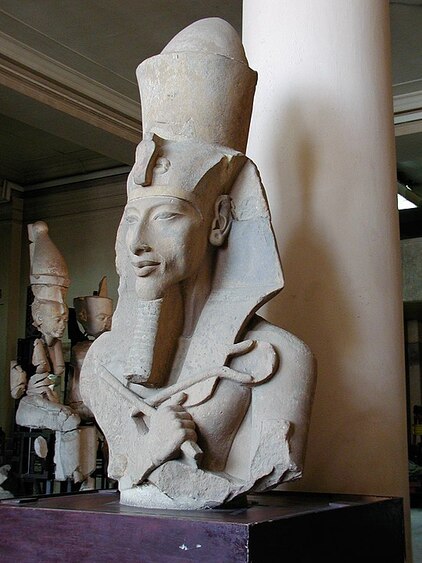
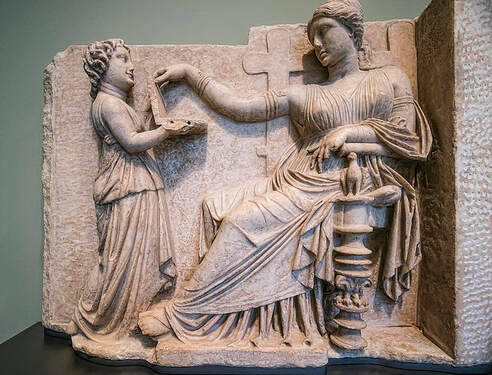

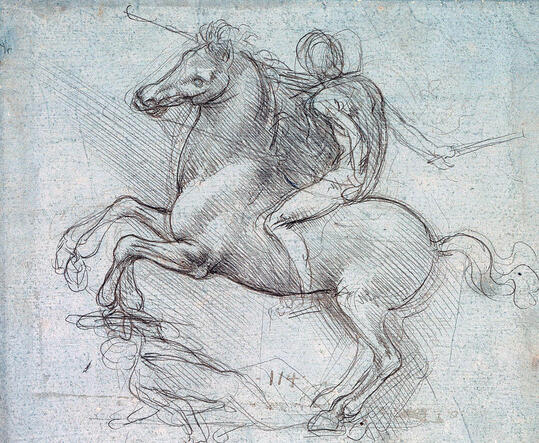
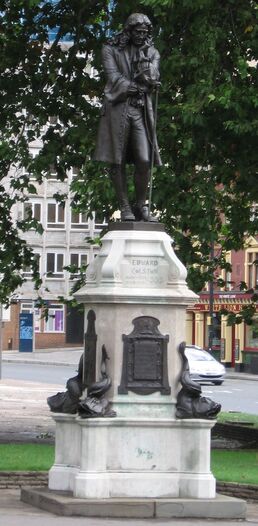
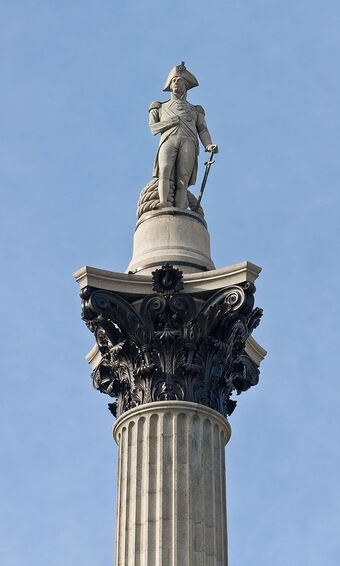
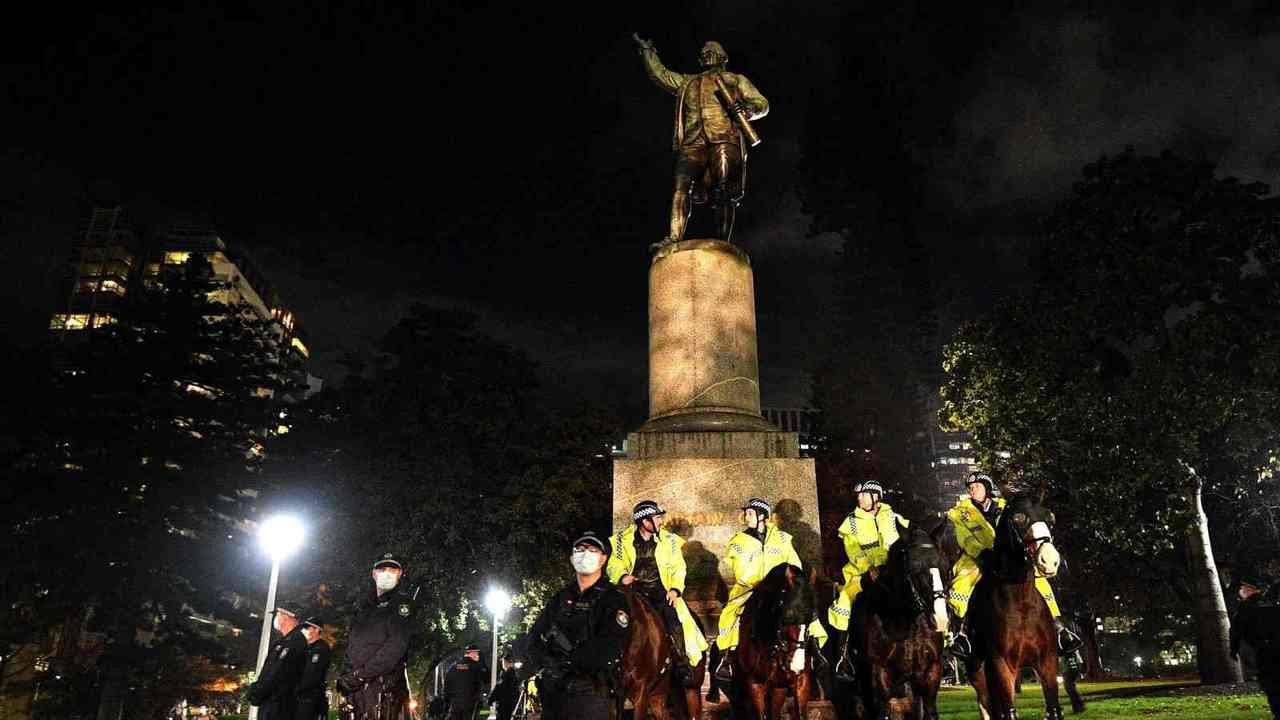
 RSS Feed
RSS Feed